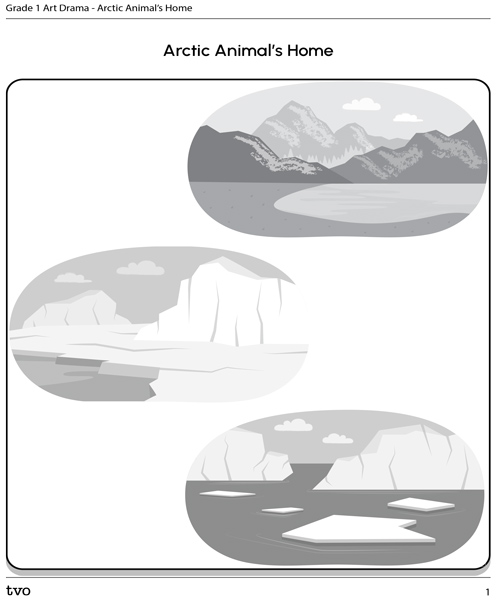Minds On
Let's warm up!
Warm Up
Warm up

Blowing balloons
Find a comfortable position and take a deep breath in through your nose.
Slowly start to blow out through your mouth. Pretend you are blowing up a huge balloon. Once your balloon is as big as it can be, let it go! Then take another deep breath in and blow up another balloon!
Access the next audio recording entitled “Balloon Breathing Activity” to follow this exercise.
Balloon Breathing Activity
Let's get started!
Explore the image below. What do you notice?
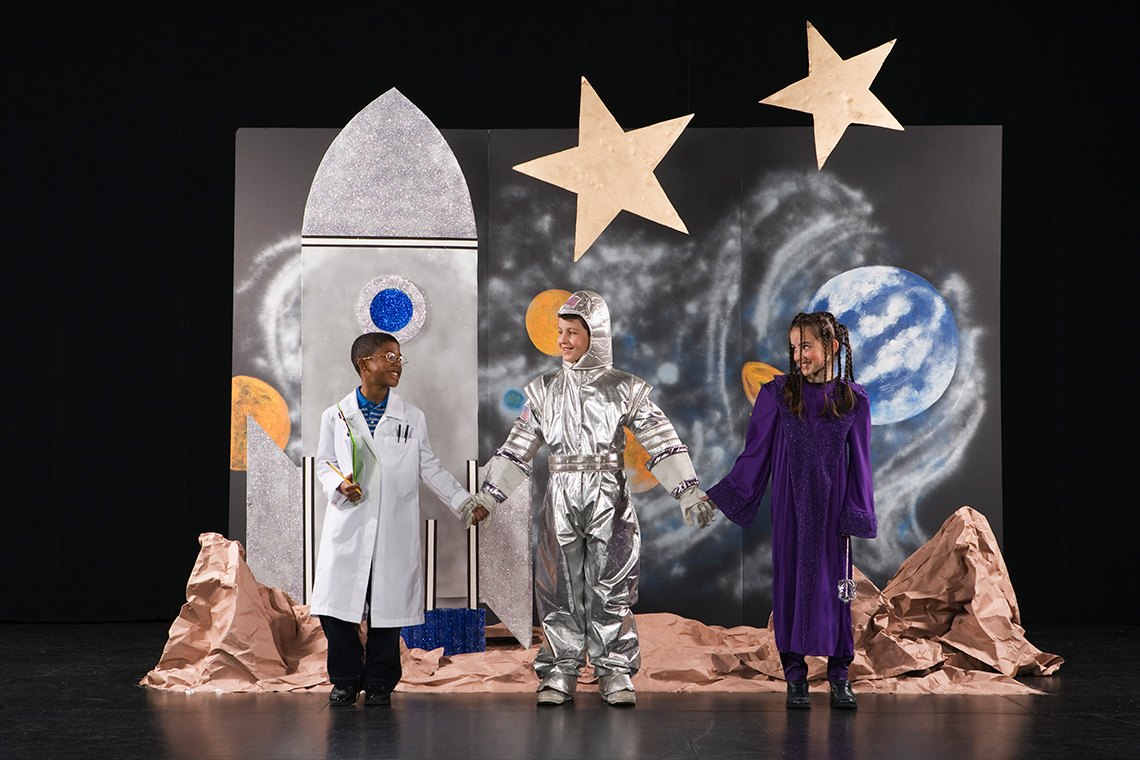
Action
Get ready, get set…

In drama stories, the characters are in a setting. The setting is where the drama story or play takes place. It can be inside or outside. It can be all around the world. Press ‘Setting’ to access a definition.
In drama, the setting is the place where the events in the story happen.
When people perform a drama story, they might act on a stage. Press 'Stage' to access a definition.
The stage is a space where performers perform. It is often a bit higher than ground level.
The stage will have a backdrop that gives the audience clues about the setting of the play. Press 'Backdrop' to access a definition.
A backdrop provides the background or setting of a play. It is a visual (board, poster, or projection) that hangs or stands on a stage behind the actors in a play.
For example, in the Minds On, image the backdrop includes:
- stars
- planets
- a rocket ship
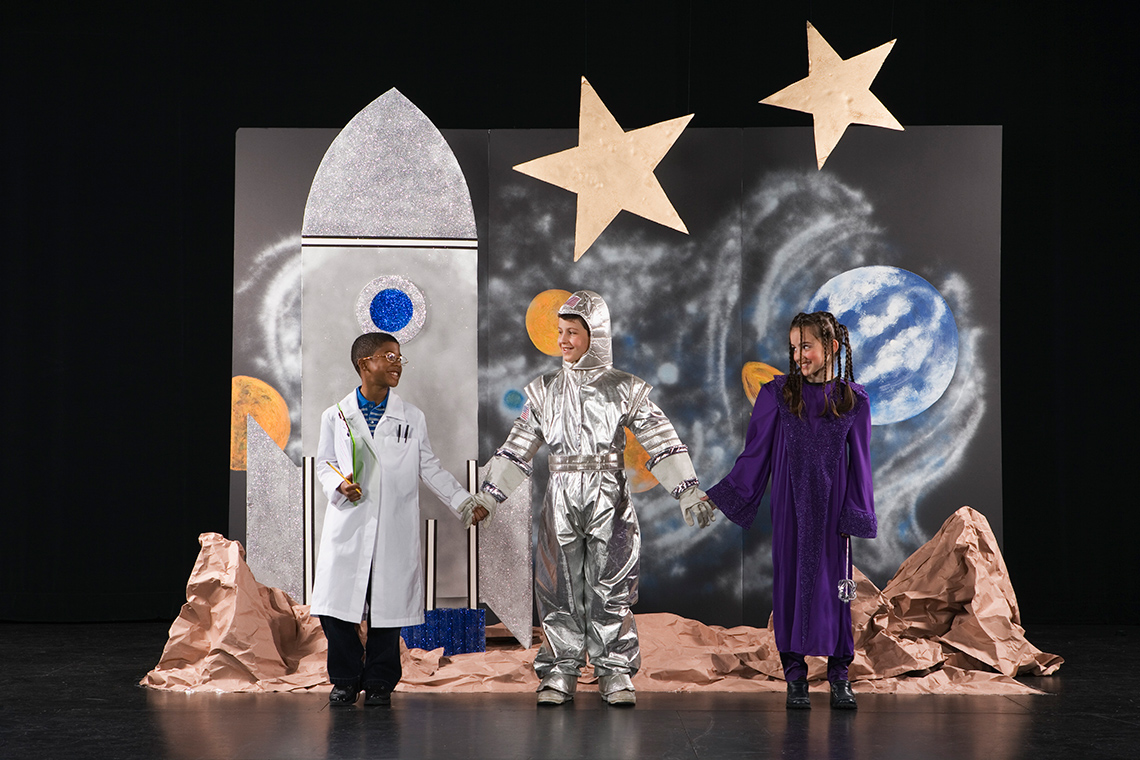
What do you think the play is about? Press 'Answer' to learn what the play is about.
The actors might be telling a story about travelling in space.
Sweetest Kulu: Inuit Nunangat
In the drama story Sweetest Kulu, the setting of the story is the Arctic and northern regions. The Arctic and northern regions are part of the Inuit Nunangat.
Did You Know?
Did you know?
In Canada, the Inuit homeland, Inuit Nunangat, encompasses Nunavut, Inuvialuit (the Northwest Territories and the Yukon), Nunavik (Northern Quebec), and Nunatsiavut (Newfoundland and Labrador).
The Inuit are original people from the Arctic and northern regions of Canada, Alaska, Russia, and Greenland. Inuktitut is a language spoken by the Inuit.
As we work towards Truth and Reconciliation, information about lands and territories is constantly being updated. This map was created using information available as of March 2022 from Inuit Tapiriit Kanatami.

A map of the Inuit Nunangat across the provinces and territories of Canada. The Inuvialuit territory covers a small portion of northern Yukon and the islands in the northern half of the Northwest territory. The Nunavut territory is in Nunavut. The Nunavik territory covers northern Quebec. The Nunatsiavut territory is found in northern Labrador.
Press the following names of the territories to learn about where each one is located.
What do you notice about the setting of each territory?
The Inuvialuit territory is found in the Yukon Territory and the islands in the northern half of the Northwest Territory.
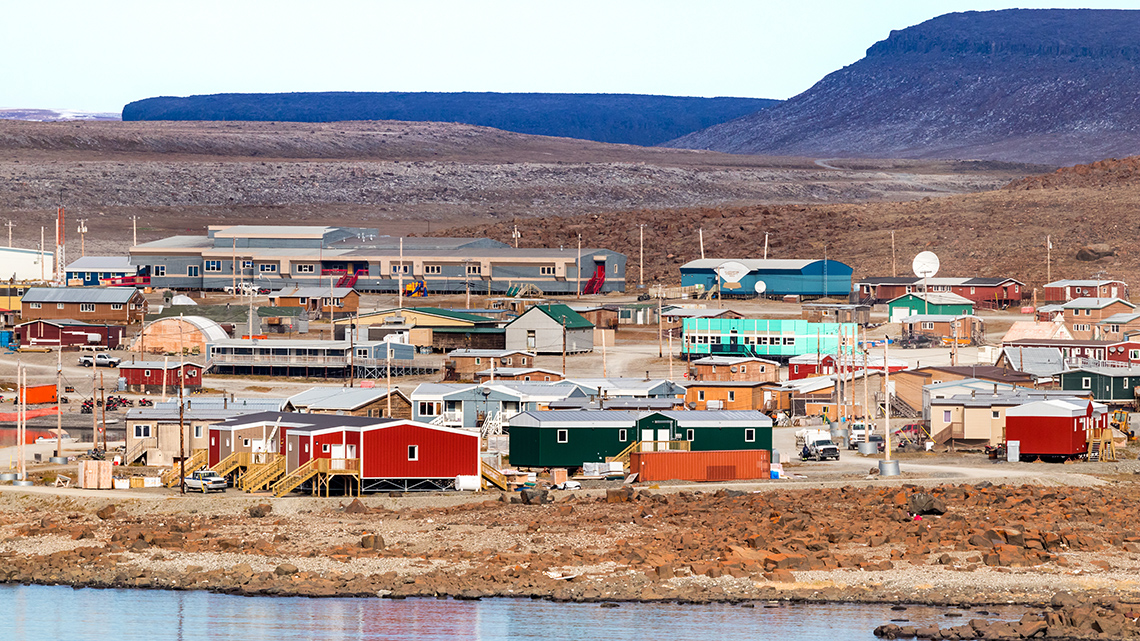
The Nunavut territory is found in the Northwest Territory and Nunavut. Iqaluit is the capital city in Nunavut.
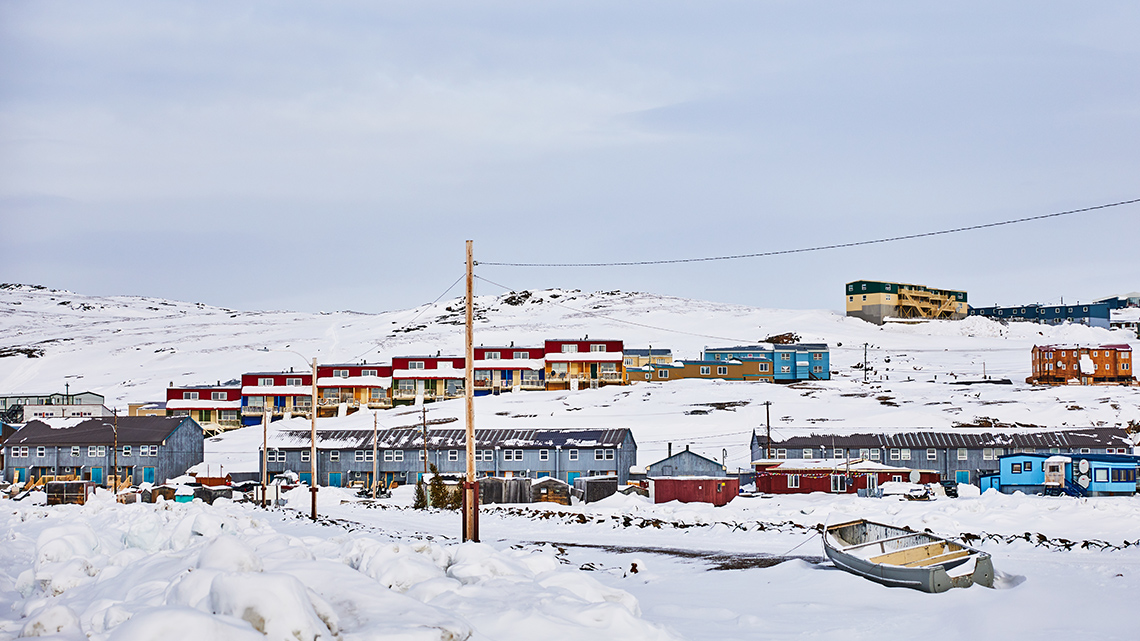
The Nunavik territory is found in northern Quebec.
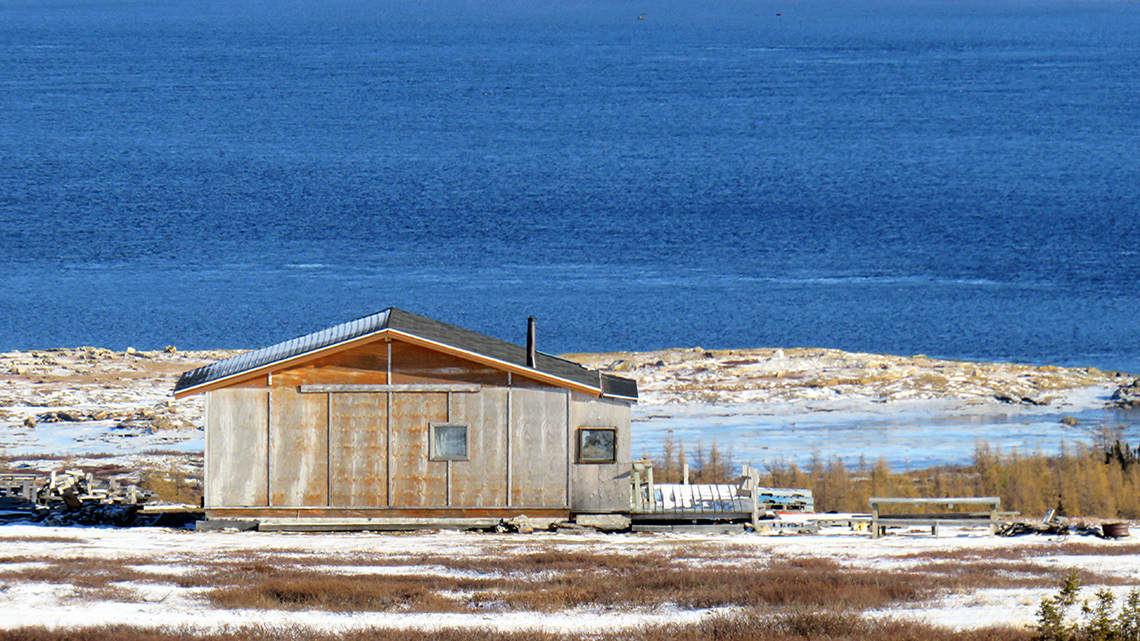
The Nunatsiavut territory is found in Labrador and Newfoundland.
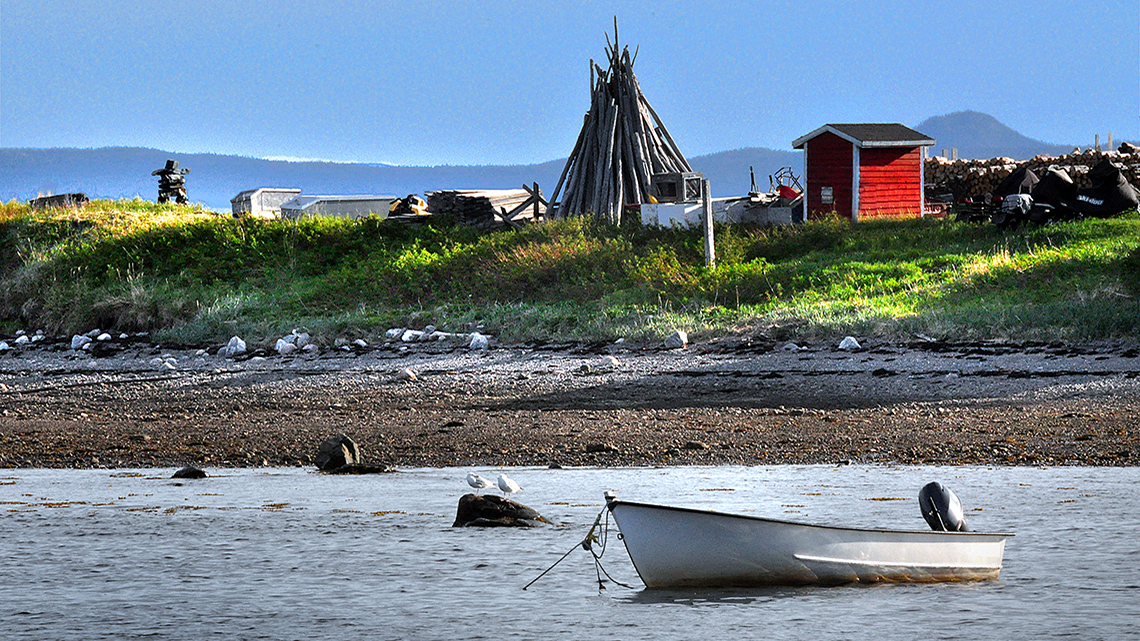
Press hint to access the different parts of each setting.
Some settings have snow while others have green grass.
Some settings are close to mountains and some are close to both mountains and water.
Some settings have many houses and others have one or two houses.
Some settings have boats.
Go!
Now that we have learned more about different places in Inuit Nunangat, let's explore the animals who live there, too. These animals are called Arctic animals.
Examine these four types of Arctic animals.
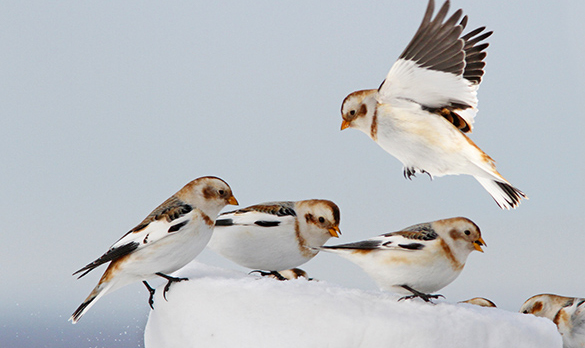
Snow bunting Qaulluqtaaq |
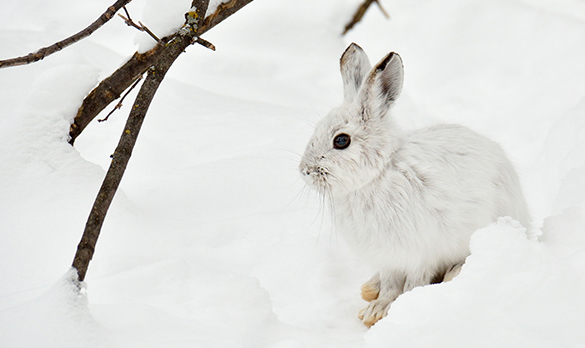
Arctic hare Ukaliq |
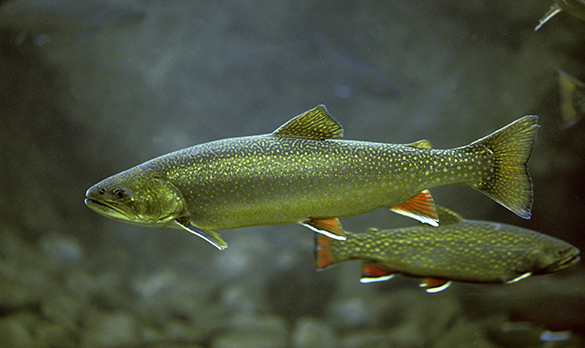
Arctic char Iqaluk |
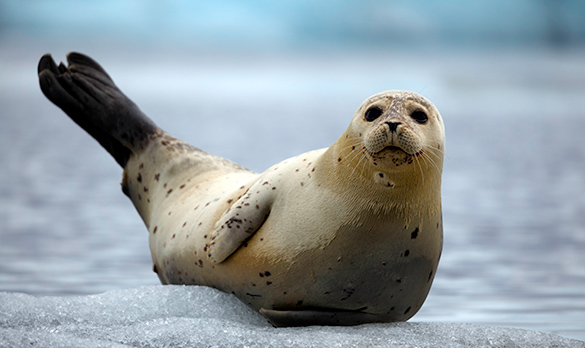
Harp seal Nattiq |
Recall the four types of Arctic animals. Can you help them find their homes?
For each Arctic animal, select the corresponding home.
Why is it important learn about the animals’ homes in the Arctic and northern regions? Press ‘Answer’ to learn why we learn about animals’ homes.
If we learn about the animals’ homes in the Arctic and northern regions, we can understand what the animals need and be careful about how we treat the land.
The Inuit follow specific ideas or principles to make sure everyone in the community is taking care of each other. Some of these rules include: working together, helping each other, and caring for the land, animals, and the environment.
Consolidation
Putting it all together

Create your own setting
In the Action section, you learned about the homes of different animals in Inuit Nunangat. In a drama story or play, that would be the animal character’s setting. Press ‘Setting’ to access a definition.
In drama, the setting is the place where the events in the story happen.
Imagine you are a backdrop designer for a play. The play is about an animal who lives in Inuit Nunangat. Your backdrop is going to give the audience clues about the animal in the play.
Choose one of the following Arctic animals.

Snow bunting Qaulluqtaaq |

Arctic hare Ukaliq |

Arctic char Iqaluk |

Seal Nattiq |
How would you describe their home?
Does the Arctic animal live in the water or on land?
Does the Arctic animal live underground or up high?
What would you add to the backdrop to show the animal’s home?
Access the following fillable and printable document Arctic Animal’s Home to draw out the animal’s home.
Portfolio
Drama portfolio
Consider adding the answers to the following reflection questions to your drama portfolio.
- What did you learn about setting?
- What did you learn about the Arctic?
- What did you learn from the Inuit community of Ikirasaujaq? What are some of the ways that the community work together?
- How could you work together with friends, family or community members to care for one another?
- How do you connect to the land and water?
Share your thoughts with a partner, record your ideas using pictures or words, or create an audio clip.
Reflection
How do you feel about what you have learned in this activity? Which of the next four sentences best matches how you are feeling about your learning? Press the button that is beside this sentence.
I feel…
Now, record your ideas about your feelings using a voice recorder, speech-to-text, or writing tool.
